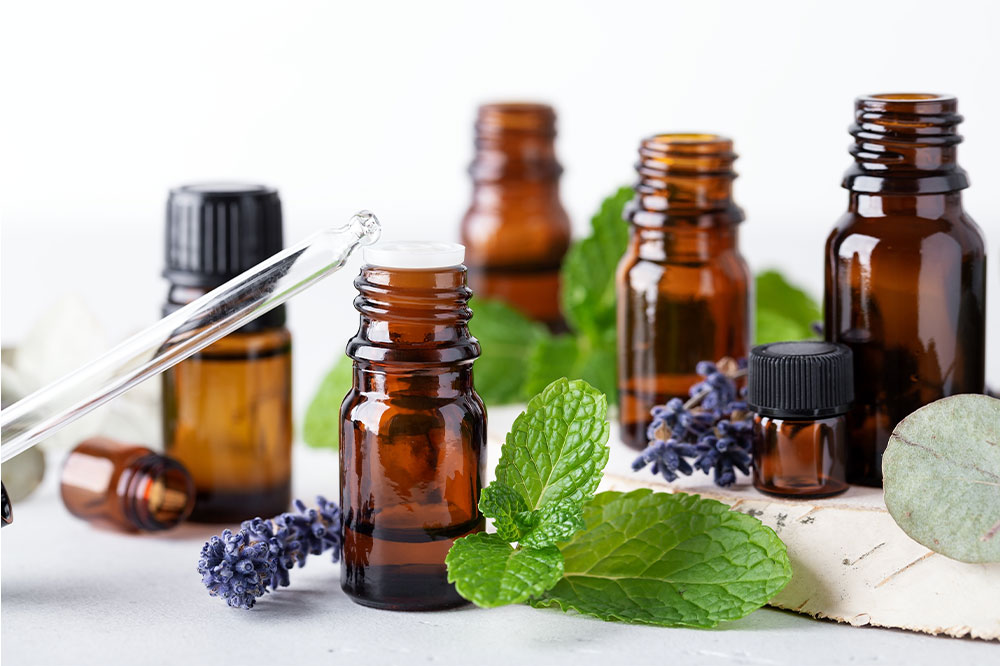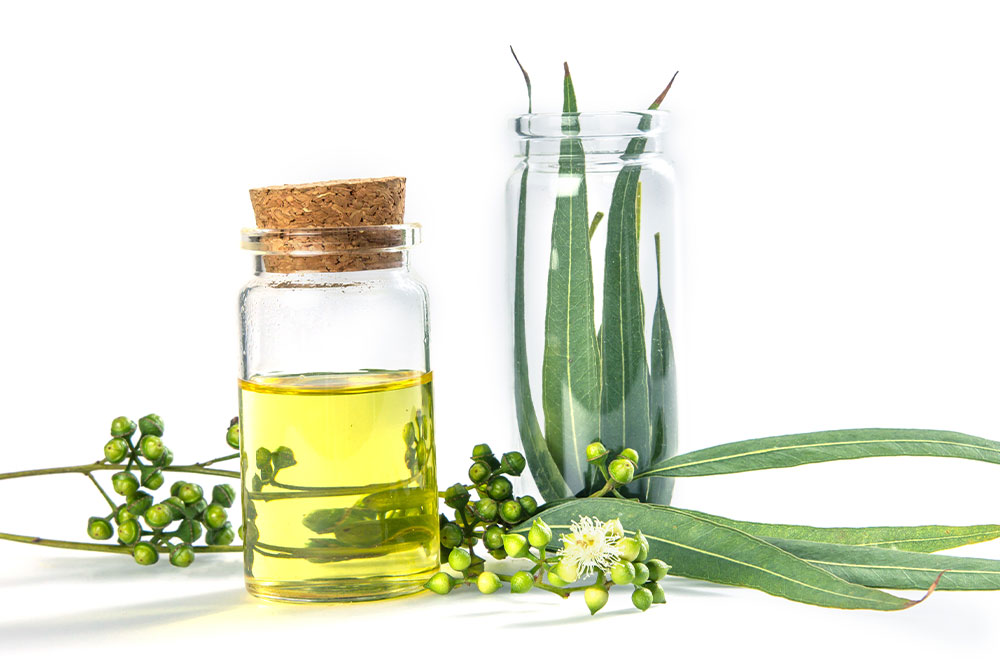4 insurance mistakes first-time boat buyers should avoid

Owning a boat can be an exciting experience. Whatever the reason for buying a boat—adventure, transportation, or leisure—a lot of thought and consideration need to go into the decision. After all, a boat can be quite expensive and prone to risks. So, first-time boat buyers need to do their research to choose the right boat and also maintain it. They also need to choose the right insurance policy to minimize the risks of boat ownership.
1. Assuming existing insurance will suffice
Most homeowners’ and renters’ insurance policies offer some coverage for boats. But, the coverage has many limitations. For instance, a home insurance policy offers coverage of around $1,500 for damages to a boat. Apart from this, some policies offer liability coverage, but only if the boat meets specific criteria. For example, the boat must be under 26 feet long, and the motor must be under 75 horsepower. So, if any other boat is destroyed or damaged, one will not be able to fully recover the entire cost of the boat. Besides, most home and renters’ insurance policies do not offer coverage for certain kinds of damage, such as sinking, collision, and disablement. Also, these policies will have higher deductibles compared to dedicated boat insurance. So one will end up paying a lot of money out of pocket before the insurance provider starts to pay for the loss. This is why buying a dedicated boat insurance policy is a better move, as it can cover all the risks that are associated with boat ownership. These policies also have better coverage and provide complete protection against different types of damages that are not covered by homeowners’ or renters’ insurance policies.
2. Not considering requirements
Buying a boat for the first time can require careful consideration of many factors. Here, it can be easy to either forget about the boat insurance or ignore it. Or, many first-time buyers end up buying an insurance plan that does not work for them. To avoid this mistake, it is crucial to dedicate some time and resources to assessing insurance requirements when buying a new policy. Depending on the preferences, one may want to go for comprehensive coverage that protects the watercraft against damages caused by events outside of one’s control. One may also want to get liability coverage to pay for damages or injuries one causes while on the water.
3. Not insuring for agreed value
Typically, there are three ways to value a boat for insurance. One can insure the boat for its actual cash value, replacement cost, or agreed value. Choosing the wrong option can make one lose a lot of money.
Actual cash value: This refers to the current market value of the boat minus depreciation. Insuring a boat for ACV allows the insurance provider to reimburse the current depreciated value of the boat. For example, the cost of a boat is around $100,000, and it has depreciated by 25%, the estimated ACV would be about $75,000. So, if the boat is destroyed or damaged, the ACV insurance policy will only pay $75,000, even if the cost of repairing or replacing the boat is higher.
Replacement cost: This is often considered a better option than ACV. As the name suggests, replacement cost is the cost of buying a new boat of similar quality and model. So, when insuring a boat for its replacement cost, the provider would typically pay the entire cost to replace the boat, even if this cost is more than the overall ACV of the boat. However, here, one does not get to decide which boat they want to purchase to replace the existing boat. The insurance provider and the policy terms will dictate the make and model of the new boat. Another drawback is that the provider can place a ceiling on the amount by which the current value can exceed the policy coverage amount. So, one may not get the full replacement cost if the price of the new boat exceeds the limit set for reimbursement.
Agreed value: To avoid dealing with the limitations associated with insuring the boat for replacement cost and ACV, first-time boat buyers may consider going with the agreed value. This is because insuring for agreed value can offer the maximum protection and coverae. Here, one can discuss with the provider and set the value of the boat before signing up for the insurance plan. So if the the boat is completely damaged in the future, one will get the agreed value in return. One also does not have to worry about depreciation while setting the agreed value.
4. Providing incorrect information
Not giving the right mooring and storage information for a boat can have a significant effect on the insurance rates. Most boat insurance providers require information regarding where the boat is regularly docked, used, and stored. These locations directly impact the cost of the policy. If incorrect information is provided, the provider will be unable to accurately assess the risk associated with insuring the boat. So, there is a high chance that the insurance rate will be higher. It also increases the risk of policy cancellation.







